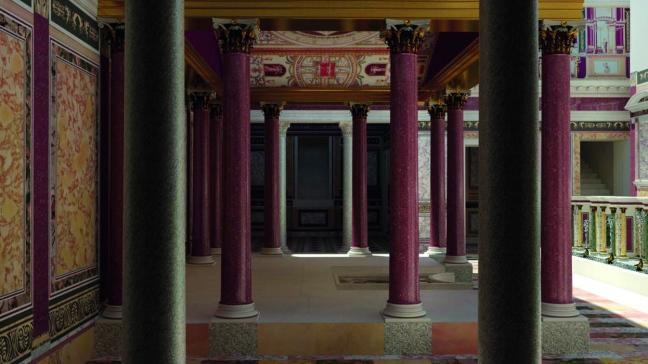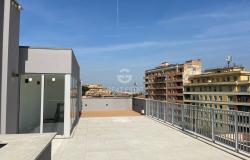Considered one of the most cruel tyrants in history, the figure of Nero continues to fascinate, even 1950 years after his death. New openings on the Palatine Hill, where Nero had his imperial palace, the Domus Aurea, will allow visitors to get a further glimpse into the life of the last Roman emperor of the Julio-Claudian dynasty, who ruled Rome from 54 to 68 AD, believed by many to be responsible for the fire that destroyed Rome in 64 AD.
The underground complex used for receptions is scheduled to reopen to the public by summer. Although damaged by the great fire of 64 AD, some frescoes and marbles have survived. The complex is proof of the existence of the Domus Transitoria, the first project of Nero for a great mansion that was to connect the imperial palace with the “Horti Maecenatis,” the Gardens of Maecenas on the Esquiline Hill.
According to Alfonsina Russo, the director of the Archeological Park of the Colosseum, it will be possible to visit the original triclinium (formal dining room in Roman buildings) and adjacent rooms.
Designed as a cave, refreshed by water for lazy summer gatherings, the triclinium was where Nero hosted intimate banquets reserved for a few close friends - we can picture his second wife Poppea, the writer Petronio Arbitro, the philosopher Seneca.
At the time, Nerone was still popular. The fire that broke out at the Circus between 18 and 19 July, 64 d. C., changed everything, including the imperial residence, which was rebuilt and extended for about 80 hectares: the Domus Aurea, which covered parts of the slopes of the Palatine, Esquiline, Oppian and Caelian hills, a complex that could compete with the great dynastic palaces of the Mediterranean, and conveyed a message of lavishness and magnificence.
The rooms damaged by the fire, including the underground triclinium, were covered.
On April 21, Rome’s birthday, other monuments on the Palatine are scheduled to reopen: the ‘Criptoportico neroniano,’ a gallery that was used to connect the various buildings of the imperial palace, and the refined ‘Aula Isiaca,’ with Egyptian motifs, commissioned by Augustus.













